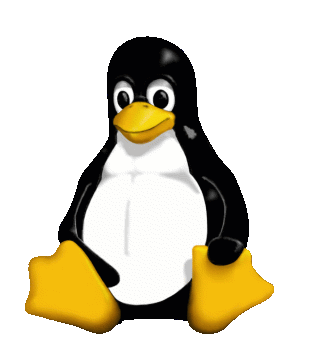Where is the Linux successful?
Linux is a good system, but not for the end user. The OS has this big slice of the pie in other sector, such as servers, due to its recognized safety. One other area that has won many fans, is on the mobile industry. The launch of Android by Google a year ago, had 1.8% market share, with just 756,000 units sold. In 2010 the number of units sold exceeds 10,5 millions. A considerable growth of 15.4%.
Linux is a Operating System malleable, because of this characteristic, it is widely used in embedded devices such as router, printers, multimedia centre, and digital clock. Once again the giant Google is betting on it with its recently launched Google TV.
Linux is a good system, but not for the end user. The OS has this big slice of the pie in other sector, such as servers, due to its recognized safety. One other area that has won many fans, is on the mobile industry. The launch of Android by Google a year ago, had 1.8% market share, with just 756,000 units sold. In 2010 the number of units sold exceeds 10,5 millions. A considerable growth of 15.4%.
Linux is a Operating System malleable, because of this characteristic, it is widely used in embedded devices such as router, printers, multimedia centre, and digital clock. Once again the giant Google is betting on it with its recently launched Google TV.
Where is Linux dead?
Even with great recognition in other sectors, there is no room for Linux today when it comes to OS for end users.
At first glance, the various distros of Linux seems to be something positive, after all there are more options that users have to choose. But the plan backfires. Precisely because of the high amount of active distributions, and some even abandoned (as is the case of Kurumin) is that large firms do not produce driver, content, and games for the plataform. It is impossible to meet every specification of every Linux distro, which discourages those who have tried and still wanted to try to produce something.
Another detail that does not encourage the firms to focus efforts for the Linux, is the small share of 0.85% on the market (91.98% for Windows, 5.03% Mac).
At first glance, the various distros of Linux seems to be something positive, after all there are more options that users have to choose. But the plan backfires. Precisely because of the high amount of active distributions, and some even abandoned (as is the case of Kurumin) is that large firms do not produce driver, content, and games for the plataform. It is impossible to meet every specification of every Linux distro, which discourages those who have tried and still wanted to try to produce something.
Another detail that does not encourage the firms to focus efforts for the Linux, is the small share of 0.85% on the market (91.98% for Windows, 5.03% Mac).
 |
| source |
Even some distros are becoming more and more users friendly, a big problem still remains: commercial DVDs are encrypted with CSS (Content Scramble System), which prevents not only illegal copying but also the use of legitimate copies on unauthorized equipment - in this case a personal computer running Linux instead of Windows or Mac, which you can display DVD films as soon as the system is on.
Light at the end of the tunnel
The trend for the future is undoubtedly the cloud computing. If developers know how to take advantage of the superior security of Linux, plus the fact that he has stable place in servers and embedded devices, the triumph of the OS might be finally on the way.
Of course it still has a long road ahead, it's going to be a very custody battle with the giants Microsoft and Apple. But competition is always good, and whoever wins, we are still the most rewarded one.









